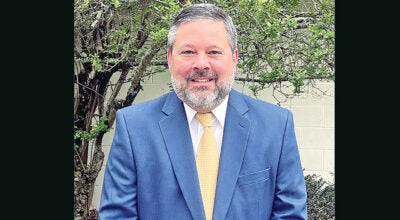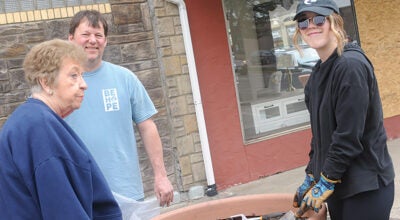Study shows antibiotics found in Ohio river
Published 10:21 am Monday, October 18, 2010
COLUMBUS (AP) — A recently released study shows trace amounts of antibiotics in Ohio’s Scioto River system and in treated drinking water in Columbus.
The report issued by the U.S. Geological Survey last week found a dozen antibiotics‚ including a drug used to treat bacterial infections and anthrax‚ in the Scioto River. The study also shows three drugs in treated drinking water in Columbus.
The Columbus Dispatch reports that the amount of the drugs was 1,000 to 10,000 times lower than more commonly detected pollutants.
But the fact that the drugs were found in small quantities doesn’t rule out the potential for harmful side effects in people or the environment, says Columbus-based hydrologist Greg Koltun, who helped review the report.
“If you think of a fish or another aquatic organism that’s living in water and has chronic exposure to this, you don’t know what would happen,” Koltun said.
The Dispatch reports these antibiotics are part of a new class of water pollutants that also includes antidepressants, birth control and household cleaners.
There aren’t government limits on these pollutants in streams or drinking water and scientists studying them say they don’t know whether there should be.
“That’s the million-dollar question. Does it have any negative consequences or not?” says Dana Kolpin, a research hydrologist who’s coordinating the Geological Survey’s national Emerging Contaminants in the Environment project.
Past tests have indicated that at least 17 such contaminants ‚ including caffeine and mosquito repellant‚ are in Columbus drinking water.
Columbus paid $125,000 in 2005 to help fund the study. City officials say they want to know how many pollutants are in the water so they can stay ahead of any drinking-water standards that federal officials might impose.
“We’re not public-health experts or doctors. We can’t make that decision on what’s acceptable (in drinking water),” says Matt Steele, the water-quality-assurance manager in Columbus. “We wanted to see just how much is out there.”





